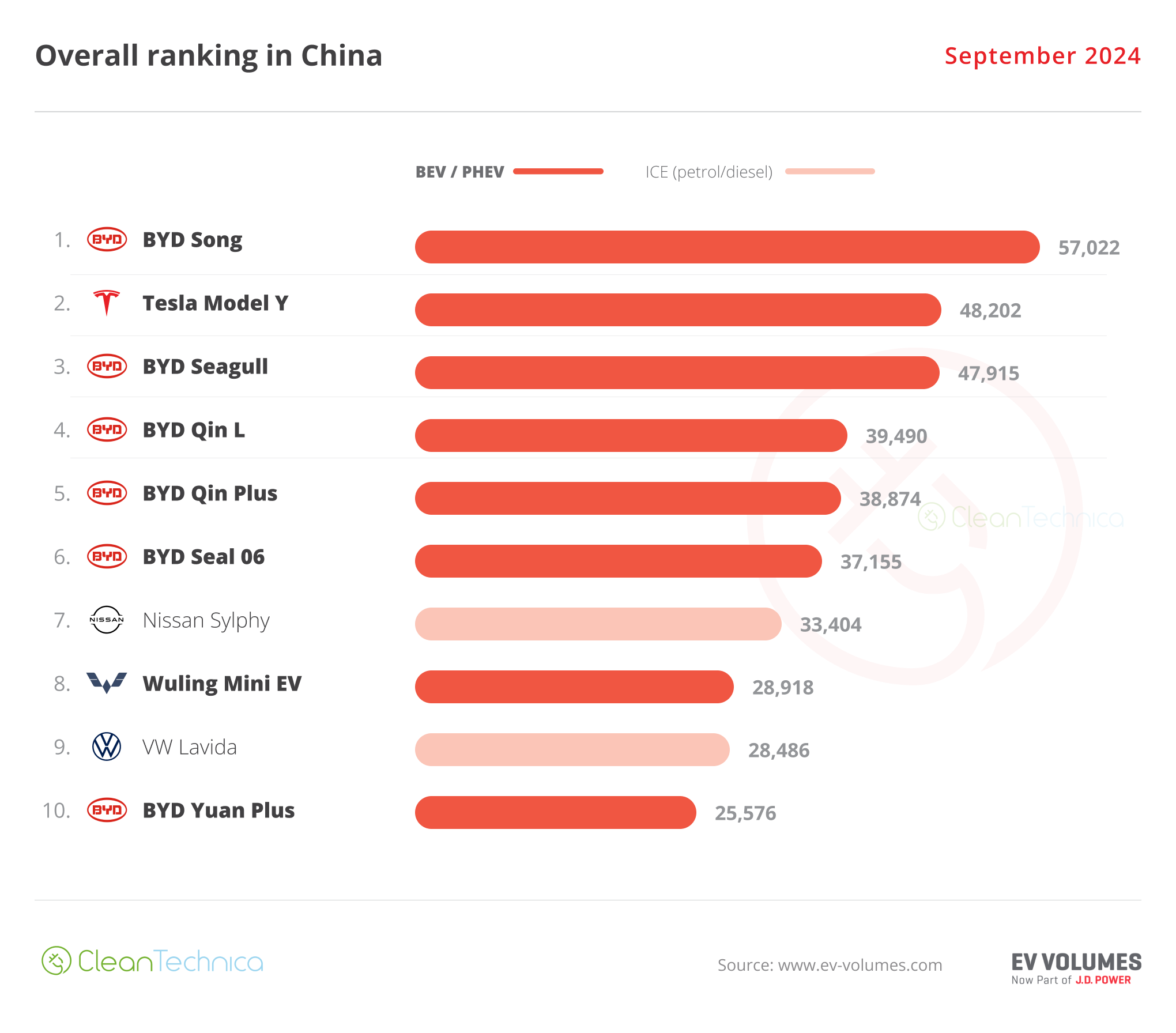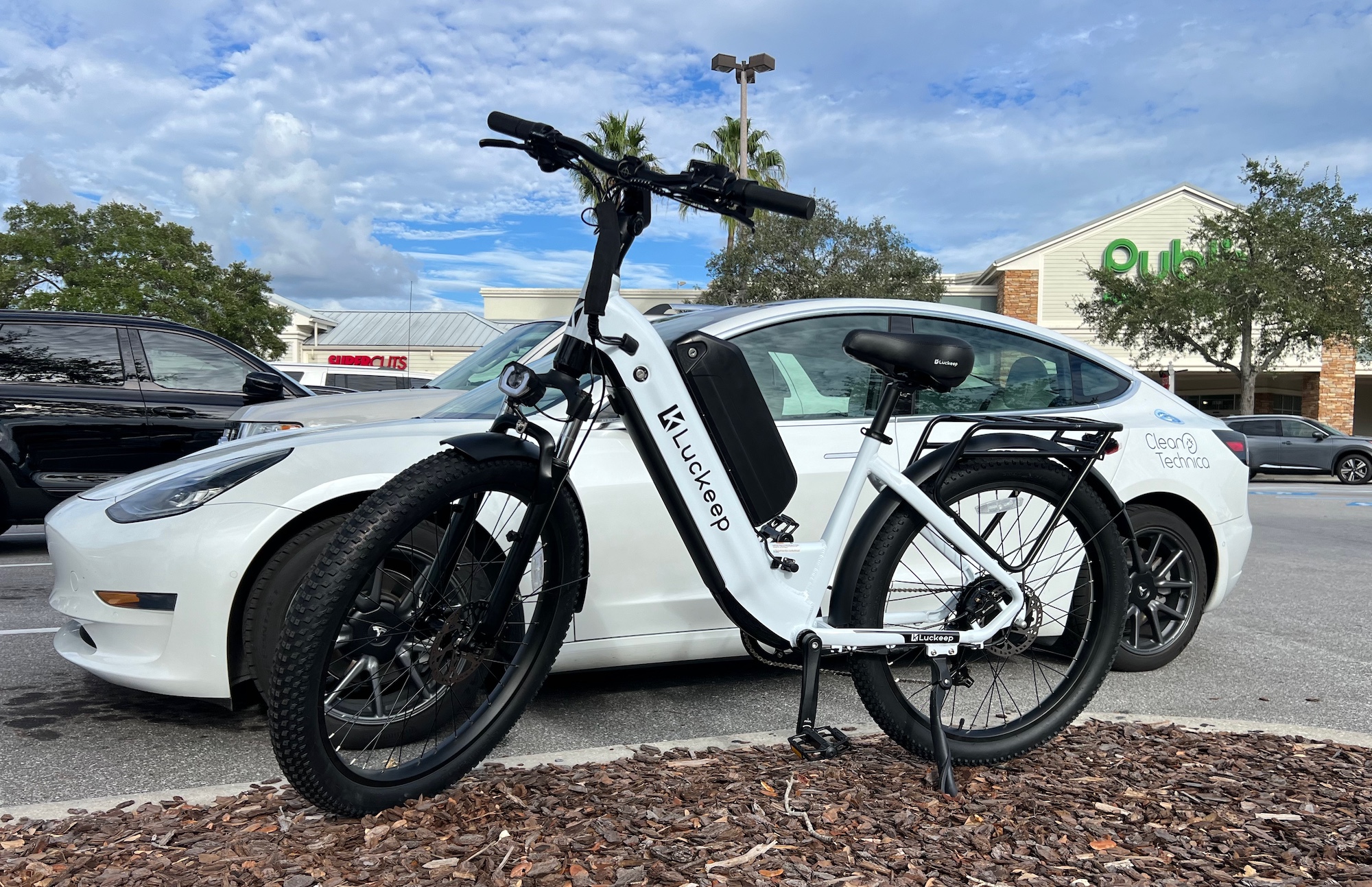Overall, the Stainless Monthly Metals Index (MMI) fell 0.75% from September to October. Nickel prices moved sideways with a slight upside bias throughout September. In total, prices rose 1.64% month over month, which offered support to the 304 stainless surcharge.
Stainless Entered the Month Heavily Oversupplied
The stainless market opened Q4 with little optimism. Reports of rampant oversupply continued throughout the supply chain, leading to estimates of higher discounts from mills and increasingly short mill lead times. See the latest lead times and discounts in MetalMiner’s October Monthly Metal Outlook.
Distributors reported no meaningful pickup in buying activity as inventory levels throughout the supply chain remained well-stocked. By October, increasingly soft demand conditions forced mills to make aggressive offers in order to move material and maintain production levels.
End of Port Strike Bad News for Stainless Mills
Although it has since concluded, the port strike came as good news to U.S. mills. Short lead times and high freight rates have helped fend off imports throughout the year, but not enough to meaningfully shore up the supply glut apparent throughout the market. While still elevated, freight rates found a peak in July before retracing in the subsequent weeks, posing an increased risk to domestic mills.
By October, the port strike appeared to at least pause the increasing risk of competitively priced imports pushing prices down further. Unfortunately for mills, the resolution came after only three days, which was too short to have a meaningful impact on freight rates or the current oversupply weighing on markets. Considering freight rates and lead times, domestic mills still have the advantage over imports. Still, aggressive discounts appear likely to continue until demand sees a significant turnaround.
Subscribe to MetalMiner’s weekly newsletter and conquer stainless market oversupply with valuable weekly market insights and macroeconomics on how to save money.
Buyers Shrug Off Higher Nickel Prices
Higher nickel prices typically incentivize buys to reenter the market as it means a higher surcharge. However, upside moves throughout the summer saw little change to buying activity as discounts from mills continued to increase, outweighing the influence of nickel prices.
Meanwhile, demand conditions remain slow despite the rate cut in the U.S. For instance, the ISM Manufacturing PMI fell deeper into contraction in September. This suggests that the influence of rate cuts will likely prove lagging, just as the rate hikes at the start of the quantitative tightening cycle also had a delayed effect.
Despite the rebound witnessed across Chinese stocks, China’s stimulus offered no support to the stainless steel market. The stimulus package, which was the largest announced this year, appears unlikely to spur construction, which would increase demand for industrial metals like stainless steel.
It remains to be seen whether the moves will provide sustained to consumer demand in China either. This leaves the market with limited bullish sentiment necessary to boost nickel prices.
When nickel and stainless demand drop, it’s vital to know how to generate the most savings. Read how here.
Nickel Prices See No Support From Investment Funds
Unlike other base metal prices, which saw investment funds increase long positions ahead of the port strike, the nickel market saw no return of investors. Investment funds, whose large positions hold significant influence over price, pulled back on both long and short positions during the month. This helped drag the total positions of both funds and other investors to their lowest level since mid-July, which offered no momentum to prices.
The investment fund spread showed a decidedly net short bias by September 27, although the delta narrowed significantly from the previous month. Even considering supply chain disruptions from the port strike, nickel oversupply and lower demand from the stainless steel sector suggest that the nickel market may not be able to hold onto the recent, albeit modest, rebound in nickel prices witnessed last month.
Biggest Nickel and Stainless Steel Price Moves
Do you have a buying strategy based on current nickel price trends? MetalMiner’s Monthly Buying Outlook Report provides monthly price forecasts and purchasing strategies for 10 different metal types. View a free sample copy.
- Indian primary nickel prices saw the largest increase of the overall index, with a 3.81% rise to $17.62 per kilogram as of October 1.
- Chinese primary nickel prices witnessed a 2.0% increase to $18,832 per metric ton.
- Chinese ferromolybdenum moved sideways, rising 0.7% to $33,542 per metric ton.
- Meanwhile, the Allegheny Ludlum Surcharge for 304/304L coil continued to decline, with a 3.96% decrease to $0.91 per pound.
- The Allegheny Ludlum Surcharge for 316/316L coil fell 5.24% to $1.45 per pound.




